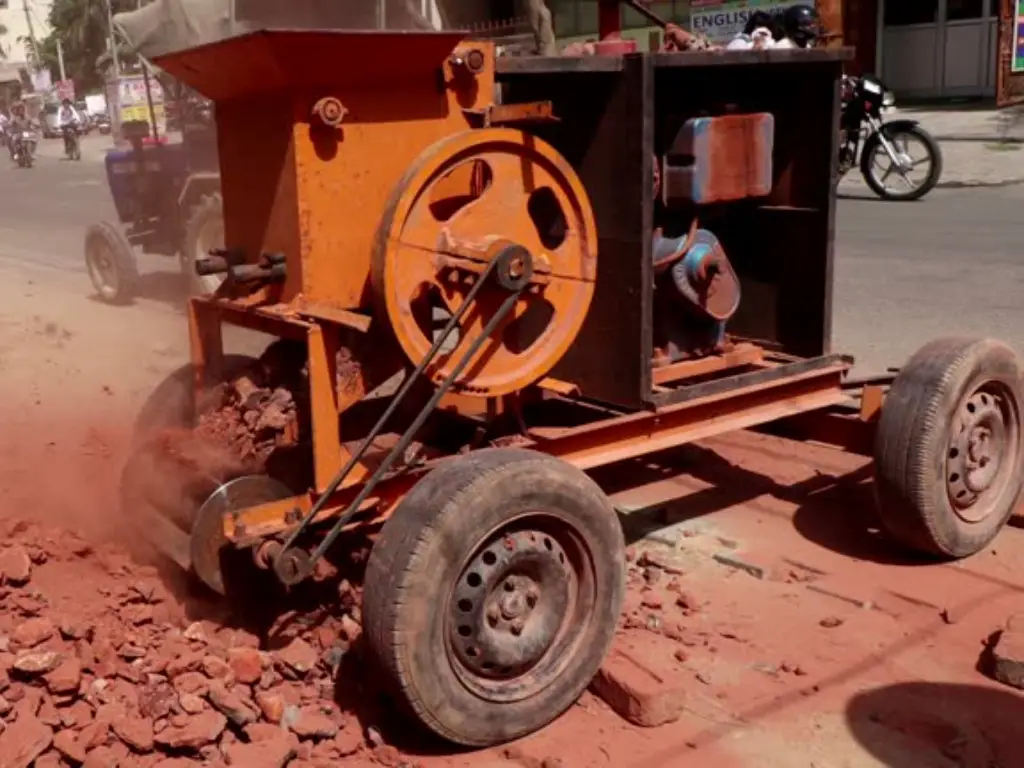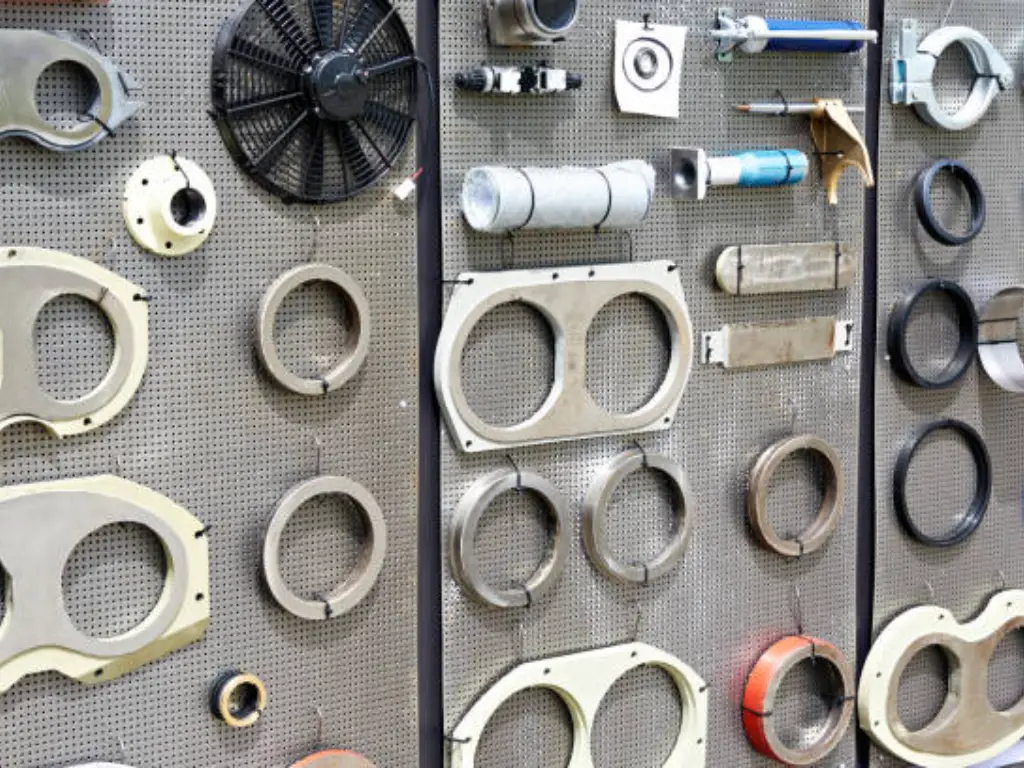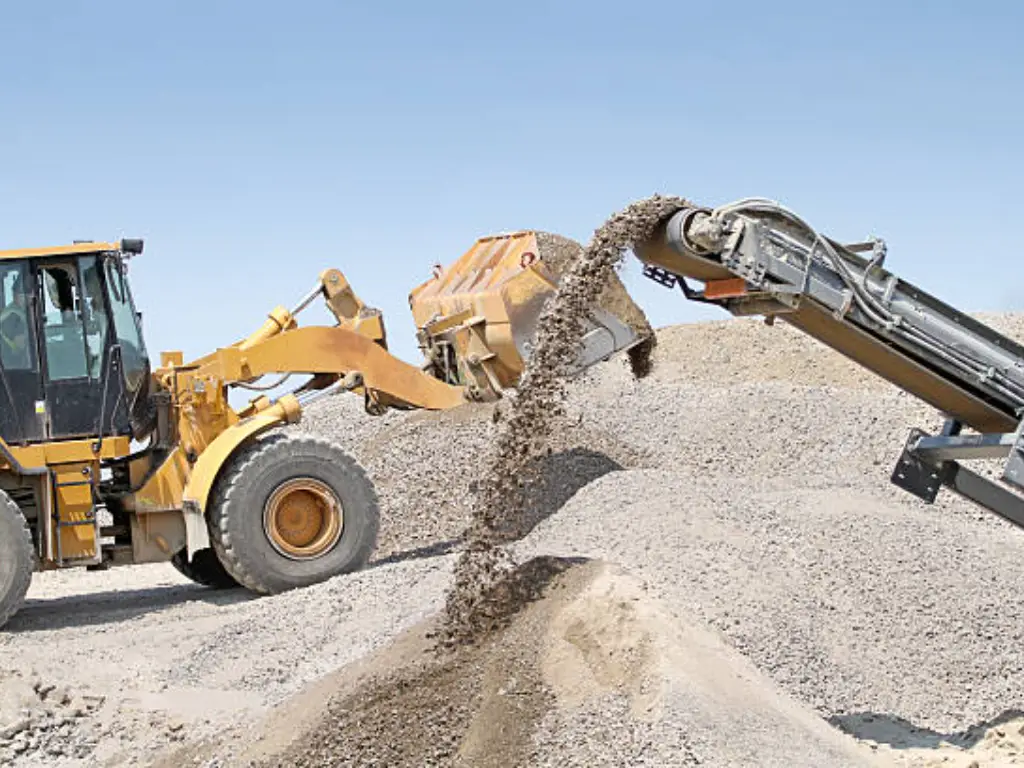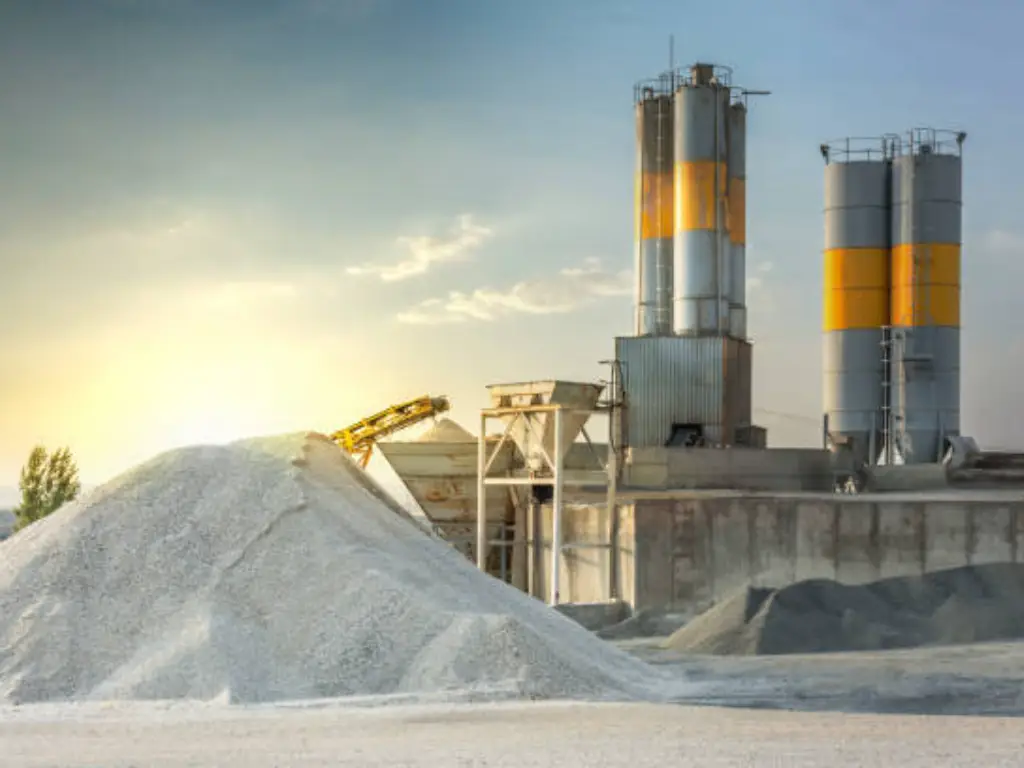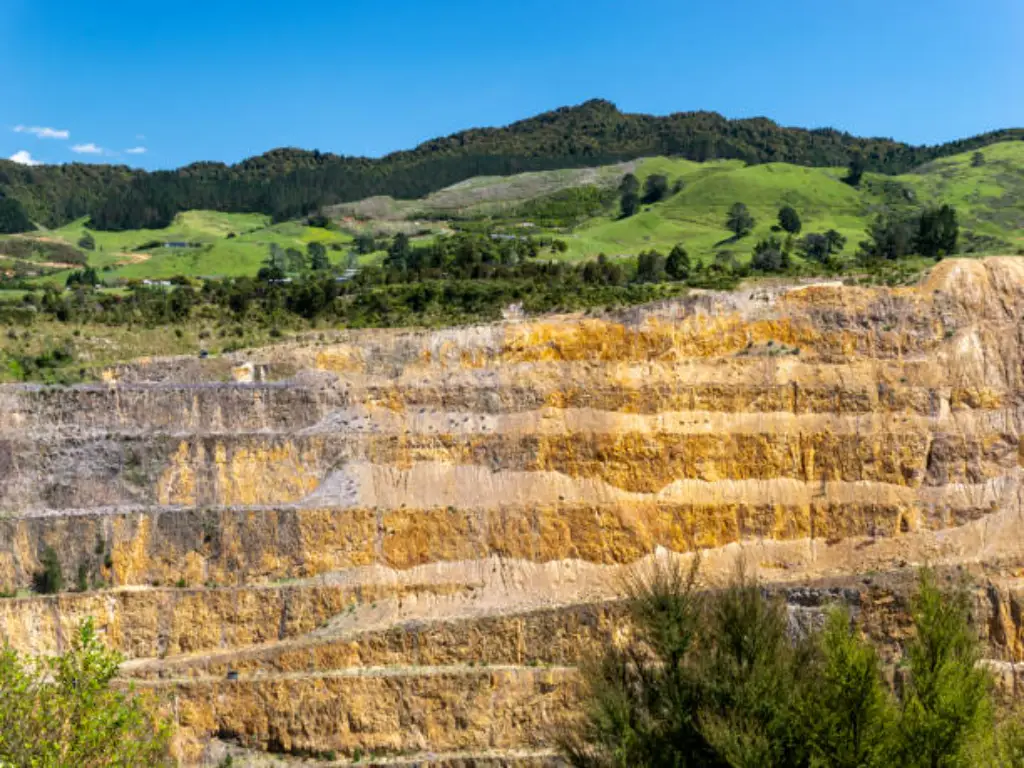- Home
- Blog
- Mineral Solution
- Explore the Largest Gold Mine in the World: Top 10 Revealed
What is a Gold Mine?
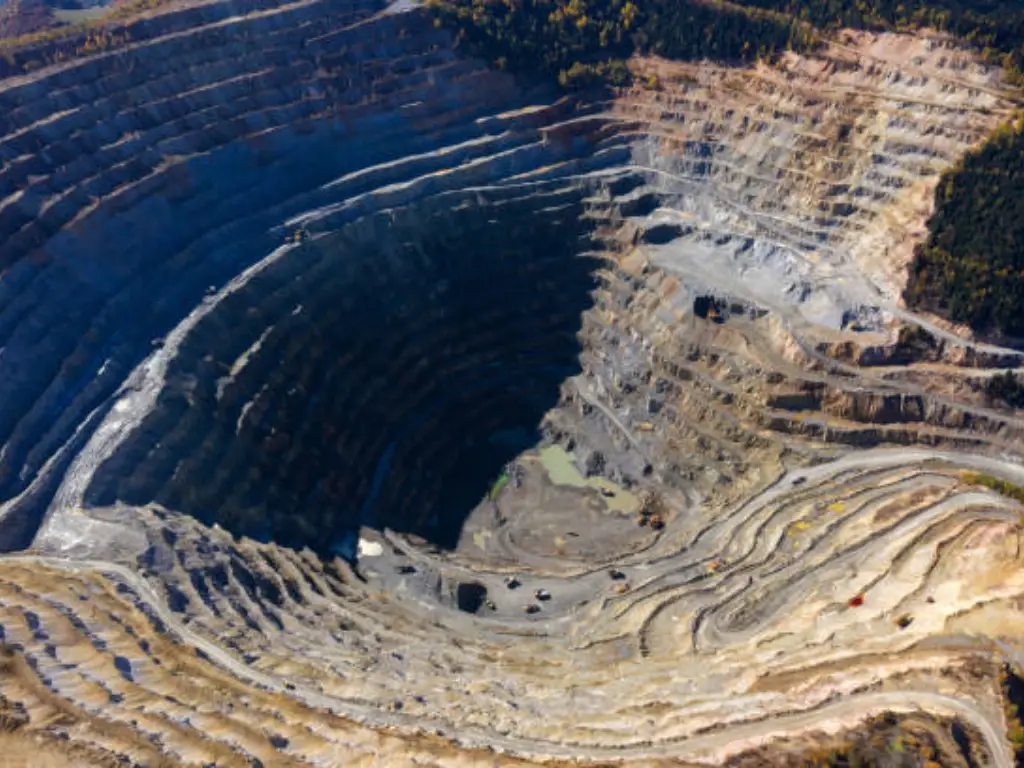
Gold mine is a location where gold bearing material is mined from the surface of the earth. These can be large open cast mines or extensive underground mines depending on the type of deposit and geographical location. Open-pit mining entails stripping off large quantities of surface materials and overburden to expose the gold deposits, which results in large and deep holes that can be seen from the air. Underground mining, in contrast, involves digging deep shafts and tunnels to get to the ore deposits, which is more expensive than the former. Today’s gold mines are highly technical and environmentally friendly, employing techniques like cyanidation, flotation, and heap leaching to extract gold from the ore These operations are crucial to the world economy, offering employment, technology, and a significant amount of gold production.
Top 10 Largest Gold Mines in the World
| Gold Mine | Country | Year of Discovery |
|---|---|---|
| Muruntau Mine | Uzbekistan | 1958 |
| Carlin Mine | United States | 1961 |
| Olimpiada Mine | Russia | 1975 |
| Grasberg Block Cave Mine | Indonesia | 1988 |
| Cortez Mine | United States | 1862 |
| Boddington Mine | Australia | 1987 |
| Lihir Mine | Papua New Guinea | 1982 |
| Pueblo Viejo Mine | Dominican Republic | 1500s (Spanish discovery) |
| Kibali Mine | Democratic Republic of Congo | 1903 |
| Canadian Malartic Mine | Canada | 1923 |
Muruntau Mine (Uzbekistan)
● Mining Difficulty: ☆☆☆☆
● Mineral: Gold, arsenic
● Annual Production: Approximately 2.8 million ounces
● Description: The Muruntau gold mine is situated in the Qizilqum Desert and is the biggest open-pit gold mine in the world. The pit is approximately 3 meters in diameter and 2 meters deep. 5 by 2. 5 km and has a depth of 560 meters. The geological environment is comprised of folded and metamorphosed rocks, which complicates the extraction process. The mine has elaborate processing plants that can process millions of tones of ores every year. Heap leaching technology is used at Muruntau to extract gold from low-grade ores due to the efficiency of the method. This site accounts for a considerable portion of the total gold output in Uzbekistan.
Carlin Mine (United States)
● Mining Difficulty: ☆☆☆
● Mineral: Gold
● Annual Production: Approximately 1.7 million ounces
● Description: The Carlin Mine is situated in Nevada and is one of the mines that fall under the Carlin Trend, which is a large gold bearing region that is associated with sediment hosted gold deposits. The mine is an open-pit and underground mine that spans 8 km in length. Its geology comprises Paleozoic limy sediments, and the extraction process involves autoclave processing to process refractory ores. The mine has a large number of facilities; it has several processing plants that play a major role in the production of gold in Nevada. Newmont Corporation has a significant responsibility in the management and operation of this site.
Olimpiada Mine (Russia)
● Mining Difficulty: ☆☆☆
● Mineral: Gold
● Annual Production: Approximately 1.4 million ounces
● Description: Olimpiada is one of the biggest gold deposits in Russia and is situated in Krasnoyarsk Krai. It has both an open-pit and an underground mining operation. The geology is somewhat complicated with folded metamorphic rocks and this makes the mining process even more difficult. Olimpiada’s infrastructure is built to handle massive amounts of ore, and it employs flotation to increase the efficiency of gold extraction. The weather is severe in Siberia and the location is quite isolated, which adds to the challenges of running the business by demanding strong logistics.
Grasberg Block Cave Mine (Indonesia)
● Mining Difficulty: ☆☆☆☆☆
● Mineral: Gold, copper, silver
● Annual Production: Approximately 1.2 million ounces of gold, 700,000 tonnes of copper
● Description: The Grasberg mine located in Papua is one of the largest gold and copper reserve in the world. Situated close to Puncak Jaya, the mine has an open-pit and several underground mines, including the Grasberg Block Cave mine. The mine is located at an altitude of 4,270 meters above the sea level and this makes it difficult to transport ores and other logistical issues. It also comprises a large milling and concentrating plant, which is capable of milling 240000 tonnes of ore per day. The geological conditions are diverse and complicated, and the mining and processing must be conducted at high altitudes. The Indonesian government has a major role to play in this regard.
Cortez Mine (United States)
● Mining Difficulty: ☆☆
● Mineral: Gold
● Annual Production: Approximately 1 million ounces
● Description: The Cortez Mine is situated in Nevada and comprises both open-pit and underground mining facilities. The geology of the mine includes silty limestone and Devonian Wenban Limestone, which contains gold resources. Heap leaching and milling are the two main methods used by Cortez for ore processing, and they have a vast setup to accommodate high production. The site has been historically important for the advancement of heap leaching technology, improving its performance. This mine is one of the many operations in Nevada and is a part of the Nevada Gold Mines which is operated by Newmont and Barrick.
Boddington Mine (Australia)
● Mining Difficulty: ☆☆
● Mineral: Gold, copper
● Annual Production: Approximately 750,000 ounces of gold, 98,000 tonnes of copper
● Description: Boddington is an open-pit mining operation that is situated in Western Australia and is currently the largest gold mine in Australia. It also has large copper output levels The mine also has large copper output levels. It covers a large area and entails mining of the ore from various quarries. The infrastructure also consists of high pressure grinding rolls for the processing of ores, which enhances efficiency and recovery. Geologically, Boddington is located in the Saddleback Greenstone Belt, which is a highly prospective area, but it is also highly challenging in terms of operation because of the size of the deposit. This site is operated by Newmont Goldcorp.
Lihir Mine (Papua New Guinea)
● Mining Difficulty: ☆☆☆
● Mineral: Gold
● Annual Production: Approximately 900,000 ounces
● Description: Lihir is located on Lihir Island and currently has both open-pit and underground mining. The geology of the volcanic island is complex due to the fact that the ore bodies are situated in a crater. Pressure oxidation is used at the mine to process refractory ore, a technique that is critical for achieving high recoveries. It is situated in a remote area and entails a lot of planning to ensure that it operates on a 24/7 basis and has a steady supply of resources. The mine holds large quantities of gold and is therefore a strategic resource for the production of gold in the world.
Pueblo Viejo Mine (Dominican Republic)
● Mining Difficulty: ☆☆
● Mineral: Gold, silver
● Annual Production: Approximately 800,000 ounces of gold, 3.3 million ounces of silver
● Description: Pueblo Viejo is situated in the Sánchez Ramírez Province and is the biggest gold mine in Latin America. The open-pit mine is a 50:50 joint venture between the two companies, namely Barrick Gold and Newmont. It has large reserves of gold and silver in a volcanic system. The site has had environmental issues but has adopted new methods such as pressure oxidation to improve on the extraction of the ores. Investments in infrastructure are made with an emphasis on environmental responsibility and the involvement of the community.
Kibali Mine (Democratic Republic of Congo)
● Mining Difficulty: ☆☆☆☆
● Mineral: Gold
● Annual Production: Approximately 900,000 ounces
● Description: Kibali is one of the largest gold mines in Africa and is an integrated open-pit and underground mine in the Haut-Uélé province. The mine has Archean volcano sedimentary type and the gold resource is mainly distributed in two large areas. It has complex processing plants and hydroelectric power stations to cater for its needs. However, there are other challenges that Kibali faces, including geographical accessibility and political factors. This mine is owned and managed by AngloGold Ashanti and Barrick.
Canadian Malartic Mine (Canada)
● Mining Difficulty: ☆☆
● Mineral: Gold
● Annual Production: Approximately 700,000 ounces
● Description: The Canadian Malartic Mine is a large gold mine situated in Quebec, Canada and is currently the largest of its kind in the country. It has a large open-pit mine with future expansion plans for the development of underground mining. The mine’s geology comprises of gold mineralization in Archean greenstone belts. The mine has extensive infrastructure to support high production rates and uses efficient methods such as cyanidation for gold processing. This mine is a 50/50 joint venture between Agnico Eagle and Yamana Gold.
Want to understand the formation of these gold deposits? Click How Is Gold Formed: Exploring the Journey from Space to Earth for details.
Success Stories from Top Gold Mines
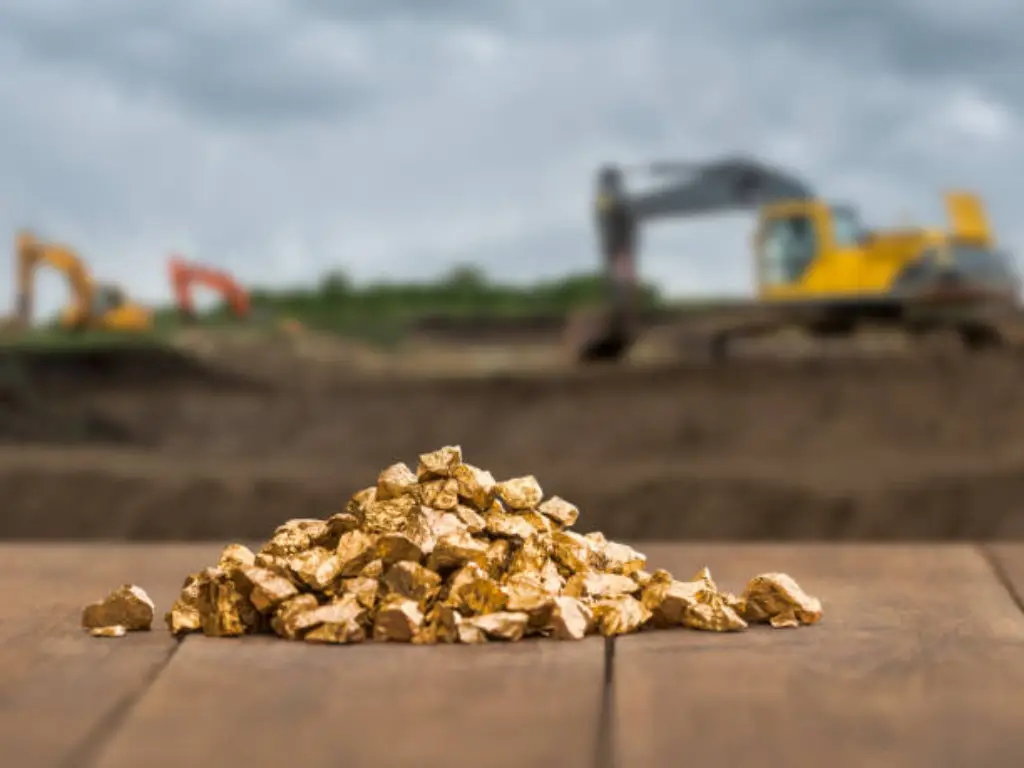
● Ivan Petrovich, a Russian mining tycoon, implemented sophisticated heap leaching technique to develop the Muruntau gold deposit into the largest open cast gold mine globally. His innovation made it possible to extract gold from low-grade ores and increase production rates, which became a new trend in the industry.
● John Smithson, an American mining engineer, was the one who applied the autoclave processing in the Carlin Mine and was responsible for the development of the mine. This technique made it possible to leach gold from refractory ores, which had been regarded as unsuitable for processing.
● The Russian mining executive Olga Ivanova introduced advanced flotation technology at the Olimpiada Mine. This method enhanced the rates of gold recovery and the purity of gold hence enabling the mine to produce high quantities of gold as required despite the unfavourable conditions in Siberia.
Impact of Gold Prices on Global Mining Activities
The price of gold has a significant effect on the mining industry around the world. When prices are high, mining firms expand exploration and production in order to gain more profits from the high prices. This often results in the development of new mines and the expansion of existing ones, which benefits the mining regions economically. On the other hand, low gold prices lead to cut backs in production, closures of mines, and delays in new projects, which are detrimental to local communities and employment.
Investment Opportunities in Major Gold Mines
Major gold mines are of interest to investors as the price of gold increases. Acquiring mines that are already in operation is a good investment since they provide steady returns and high profits. Higher gold prices are beneficial to the mining firms as they increase the value of mining firms hence becoming good investment opportunities. However, investors have to take into account operating expenses, political risks and other conditions that may influence the profit and the feasibility of the extraction.
Ready to venture into mining? Discover effective equipments in Gold Mining Equipment for Beginners: A Comprehensive Guide.
Sustainable Practices and Challenges in the Gold Mining Industry
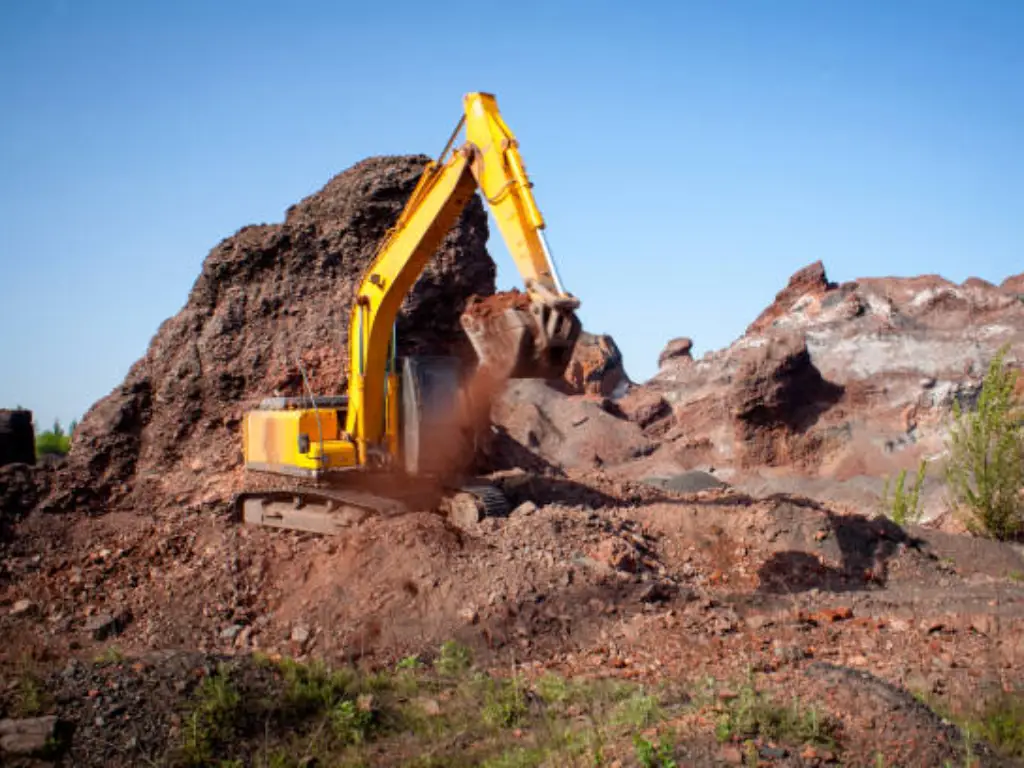
The sustainability question is one of the most significant factors that affect the gold mining industry. Modern mines are also interested in reducing the effects of their operations on the environment by measures like water and energy conservation, disposal of wastes, and restoration of the land. For instance, the use of closed-loop water systems can assist in the conservation of water and prevent water pollution. Technological solutions like solar energy and electric vehicles can be employed to decrease the emission of greenhouse gases.
However, there are some problems, for instance, how to dispose of toxic wastes, how to minimize the greenhouse effect, and how to safeguard the health of the people in the community. The residue that is generated from the extraction of gold is called tailings, which include chemicals like cyanide and mercury. Hence, it is imperative that proper measures be taken in the handling and disposal of tailings so as not to contaminate the environment. Moreover, the health and safety of local communities is always an issue and a proper attitude should be employed to avoid offending them.
For high-quality gold recovery solutions, visit our mineral processing equipment page and explore advanced machinery.
Conclusion
The future of gold mining will be more of the use of technology and more automation in the process to make it more efficient and less invasive to the environment. Businesses will remain concerned with their impact on the environment and will strive to reduce it while increasing production. The need for gold as an investment and in manufacturing guarantees the continued need for gold mining. In the future, the companies that will adapt to the technological changes and incorporate sustainable solutions will be the ones that will thrive.
Achieve Mining Excellence with JXSC
JXSC Mine Machinery Factory is a professional mining equipment manufacturer and supplier, offering complete solutions for mines. JXSC was established in 1985 and has since then been known for producing quality machines and offering excellent services. Their equipment line comprises of stone crushers, gravity concentration devices, magnetic separators and others to suit the mining industry. JXSC has extensive experience in the mining of various minerals.
JXSC provides one-stop solution for mineral processing plant, such as engineering design, ore testing, mine development, equipment installation, and staff training. This holistic approach guarantees that customers are offered a full package of services, from conception to use. JXSC has been focused on innovation and customer satisfaction, which has made it a reputable company in more than 60 countries. Thus, choosing JXSC, mining companies can reach operational efficiency, minimize construction time, and increase their revenues at the initial stage.
FAQs
How does the gold reserves factor play a role in the life expectancy of a mine?
Gold reserves are vital in defining mine life because they show the amount of gold that can be extracted. For instance, a mine with a huge resource base of gold will have a longer mine life, which means that it will continue to produce gold and generate revenues and profits for a longer time.
What technologies are currently employed in the largest gold mines across the globe?
The biggest gold mines in the world employ technologies like automated drilling and hauling, artificial intelligence-based exploration, and real-time data processing to increase productivity and reduce risks. They also incorporate environmentally friendly technologies such as water recycling and energy efficient processing to minimize the effects on the environment.
What measures do the biggest gold mining companies take to protect their employees?
The biggest gold mines have safety measures in place for the workers, which include strict safety measures, training, and personal protective equipment (PPE). They also use sophisticated instrumentation for early identification of adverse conditions and have contingency measures to deal with mishaps.

